| With the passing of Sir Winston Churchill [January 1965], several human interest stories of a minor character come to mind. They concern his journey in August 1941 to meet with President Roosevelt at Placentia Bay, Newfoundland. This meeting, as we all know, resulted in the momentous Atlantic Charter. I was privileged to serve on his staff whilst embarked in the battleship Prince of Wales for the trans-Atlantic crossing to and from Placentia Bay. Taken on the quarterdeck of the Prince of Wales, shows Sir Winston taking a constitutional with Harry Hopkins during a lull in the bad weather which plagued the crossing. Also shown are Admiral Sir Dudley Pound (Chief of Naval Staff) General Sir John Dill (Chief of the Imperial General Staff) and Air Vice-Marshal Freeman (Vice-Chief of the Air Staff) |
|
By Lieutenant Hugh E. Fackrell, RCNR of St. Thomas
0 Comments
Come in Second Army...Come in Second Army “This is the 1st Para Brigade calling Second Army. Come in Second Army. Come in Second Army.” A desperate transmission sent September 20, 1944 by St. Thomas native, Signaler Stanley Copley, 1st Airborne, British Army. The transmission was sent from then Lieutenant Colonel John Frost’s small force of paratroopers holding the bridge at Arnhem in the Netherlands. The Bridge Too Far.
Surprise PassengerThe next event worth mentioning was that we were very surprised to receive Mr. Winston Churchill, whom we transported to Placentia Harbour in Newfoundland, where he met Roosevelt for what is now called the Atlantic Charter meeting. We were a private ship, no flag officer carried; however we had a tremendous amount of brass present on this occasion: all the Chiefs of Staff and a myriad of staff officers who were in Churchill’s entourage.
Time's Up - The Hunt is On Our workups and test exercises on the Prince of Wales were fairly extensive but we had had only one main armament shoot, when about May 22nd, HMS Hood and ourselves had to proceed to sea to intercept the Bismarck, being shadowed with radar by HMS Norfolk and HMS Suffolk, two county class cruisers. Our Captain came on the PA system and told the ship’s company that he anticipated intercepting the Bismarck at roughly six a.m. on the 24th of May, some thirty hours away. The Captain was Correct At exactly six a.m. on the 24th of May we encountered the Bismarck at 26,000 yards, roughly thirteen nautical miles, twenty degrees to starboard. The Flag Office was in Hood and we proceeded in line-ahead with Hood leading. The Hood was a battle cruiser, without the armour plating which the Prince of Wales enjoyed. We were doing roughly thirty knotts and opened fire at 26,000 yards.
A Canadian in the Royal Navy When the war was declared in 1939, I was in Noranda, Quebec, in a gold and copper mine. I came back from there in September to complete my final year in Physics at the University of Western Ontario. We had just started the University year when we were approached by the head of the Physics department to see if we were agreeable to having our syllabus altered to give emphasis to electronics. If you recall in those days electronics, certainly at Western, was a post-grad course, not an undergrad course. We agreed. RAF Scoops Electronic Talent RN Looks to Canada This request had really originated with the Royal Navy, who had been unable to find any electronic talent at home because, I gather, all of it had been bought up by the RAF. The RN appealed to the Royal Canadian Navy, who in turn approached the National Research Council. Things proceeded as one might expect, until somewhere about February 1940. I then met the first naval officer I had ever seen, one Lieutenant-Commander Finch-Noyes. He made it known to us that in a relatively short time we would be proceeding to service with the Royal Navy in certain not very clear duties. There appeared to be a great deal of secrecy involved. We attested the 24th of April and I became an acting Sub-Lieutenant, in the RCNVR [Royal Canadian Navy Voluntary Reserve].
D-Day flyer says sights beat Star WarsThe following interview appeared in the St. Thomas Times Journal on the 50th anniversary of D-Day in 1994. Bill Golden was a founding member of the Elgin Military Museum.
The Beginning Previously, on this blog we have heard about Bomber Gunner Stan Jones Sojourn in France and how he was reunited with a man, whom he knew as a boy, while being hidden from the Germans by a French Family. On that adventure, Stan became a qualified member of the Caterpillar Club.
Stan's North Sea Adventure took place prior to those events, when he was posted to Operational Training Station Kinloss, Scotland. At OTS, the airmen with various skill sets learned to function as a team and it was on one of those practice sessions that Stan qualified for the Goldfish Club. This club was open to aircrew who were forced to 'vacate the premises' so to speak and ended up in the sea. What follows are Stan's recollections of this time and a letter from the Scottish fisherman who found him drifting in a dinghy on the North Sea.
The Sound of his Voice
The Answer is Often: |
| We will never know why a very young Canadian seaman, ‘Bud’ Bridgman, volunteered to remain on lookout aboard HMCS Comox after the search for survivors of the Liberty Ship Martin Van Buren had ceased. Nevertheless, despite the bone chilling fog, Bud continued to scan what parts of the ocean he could see. Sixty six men are very grateful that he did. | Left: Seaman Arthur 'Bud' Bridgman with 'Cookie' aboard HMCS Comox |
Where there's a will there's a way
| The 50th anniversary of the D-Day invasion of Normandy in 1994 stirred memories far and wide including in the mind of a determined Frenchman who was only sixteen when a young Canadian 'soldier' turned up at the door of a neighbour in German occupied France. Thus, Michel Juniau and his wife from Beaumont le Roger in the Commune d'Ecardenville la Compagne, France began the search for 'Jones Stanley.' Memories fade after fifty years; Michel thought that 'Jones' had lived on a farm somewhere in Canada before the war and that he had a sister named 'Lucie'. This was not much to go on but they persevered approaching the Canadian embassy in Paris and then writing countless letters to municipal offices all over Canada. It was a long process. Sixteen year old Michel put on his best clothes to pose with the Canadian 'Jones Stanley' who was being hidden from the Germans by neighbours. |
"It seemed like good thing; but wait till I tell you"
| All went well; the target was successfully bombed, and the aircraft turned for home. A short time later they were attacked by a German fighter aircraft and unceremoniously shot out of the sky. There was enough time, however, for all seven members of the crew to bail out. It was later determined that the Pilot was injured on his descent and was captured by the enemy, but the remaining six crew members all landed safely and were sheltered by French families until their return home. Photo right shows the bombed area at Trappes |
One Man's War - Shared with the Country
"Sgt. Jack Arnold Stollery, a Canadian Army photographer, has been awarded the Military Medal for gallantry which inspired the troops taking Ortona in Italy, says Reuter. The citation said:
"During the entire battle for the town his gallant conduct and devotion to duty was outstanding. His appearance with the forward troops in moments of great danger armed only with a camera was commented upon and was in no small way responsible for bolstering the morale of the fighting troops. Throughout the whole campaign, Sgt. Stollery has continually displayed great gallantry and devotion beyond the call of duty."
After the war, Jack spent some time with the National Film Board in Ottawa before returning to St. Thomas where he set up a photography business. Sadly, he died suddenly in 1974 at only 57 years old.
About the Author
| Capt. N.M. McDougall, of the Elgin Regiment, transferred to Brigade Headquarters and, for the D-Day operation, served as a tank unit landing officer with the 2nd Canadian Armoured Brigade. His job was to reconnoiter areas for tank operations. In 1945, the President of the Provisional French Government, General Charles DeGaulle, presented McDougall with the Croix de Guerre avec Etoile de Vermeil for his actions during the D-Day landing. |
H-Hour
The rocket ships provided the most spectacular sights. The rockets went off in groups of ten or so, with only seconds between groups. It was a fiery show as hundreds of rockets were shot from the banks of pipes on the decks of the rocket ships.
Boys in “C” Squadron Hit
the Dirt Fast When Bombing
Started on Normandy Beach
Commanding “C” Squadron, Elgin Regiment
| Just prior to the invasion, “C” Squadron of the Elgins was stationed at Gosport on the southern coast of England. The men had been warned of air raids and told to dig slit trenches, as learned in previous training. But they had not done so. The second night the squadron was there, the German Air Force carried out a heavy raid on Portsmouth and Gosport and several bombs were dropped nearby. Don McLachlin, Charlie Raven and I went to get into our slit trench but found it was already occupied. The next morning there was dirt flying in all directions as the men dug deep into old Mother Earth. |
Elgins Left Old Syracuse
In Big Hurry on the Night
of Their Sicilian Landing
Commanding “A” Squadron, Elgin Regiment
The Elgins – or some of the Elgins – first got into action in Sicily. There are incidents – highlights and lowlights – connected with that campaign that I am sure few of the boys will ever forget. Time has a tendency to make them amusing but there weren’t so funny when they occurred. We left the British Isles on June 25, 1943 and finally reached Algiers – and still we didn’t know where we were going. Then the invasion was on and we were taken down near the island of Pantellaria. Every morning, for three mornings, we’d wake up and see some island out in front of us.
We seemed to be going around in circles. The next thing we knew we were in Malta, and sat there for a day. Then on the night of July 15 we started for Syracuse and were going to land. We knew where we were going then.
Author
The Elgin Military Museum has a vast collection of letters, articles, poems and pictures of veterans and others who served their community over a period of two hundred years.. This blog is our way of sharing them with you.
Archives
April 2020
February 2020
January 2020
June 2019
March 2019
February 2019
January 2019
December 2018
November 2018
February 2018
December 2017
November 2017
June 2017
May 2017
December 2016
November 2016
September 2016
Categories
All
Air Force
Army
Bridge Too Far
Caterpillar Club
Ceremonies
Christmas
Churchill
Citations
Confidential Book Box
D Day
Devil's Brigade
Dieppe
Elgin Military Museum
Elgin Regiment
Goldfish Club
Italian Campaign
Late Arrivals Club
Letters
Merchant Marine
Military Camps
Military Cross
Military Medical Care
Momentous Events
Nursing
Obituaries
PPCLI
Radar
Red Cross
Roosevelt
Royal Canadian Navy
Royal Navy
Tanks
Trench Warfare
U Boats
WW I
WW II

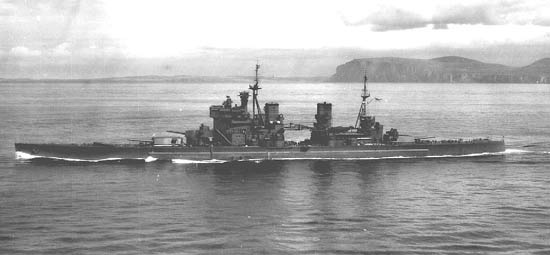


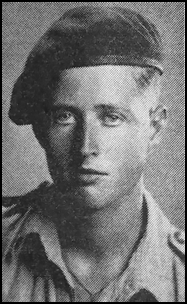
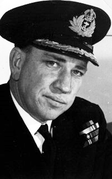





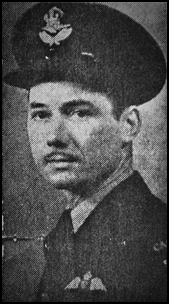


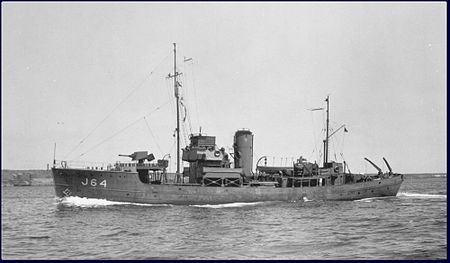
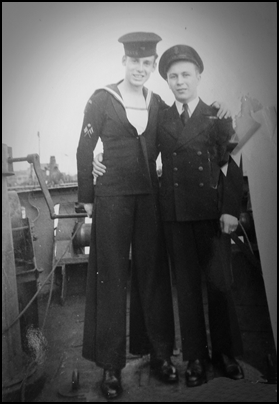
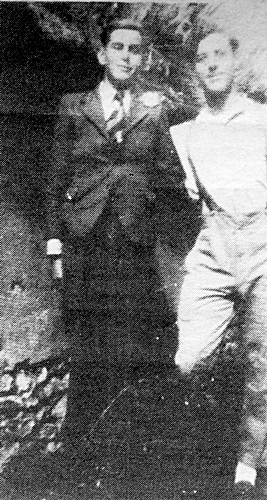



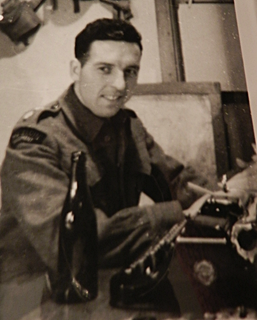
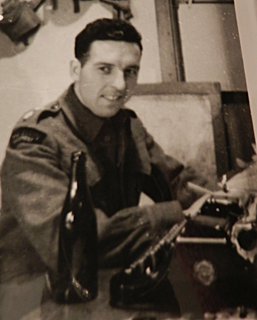


 RSS Feed
RSS Feed